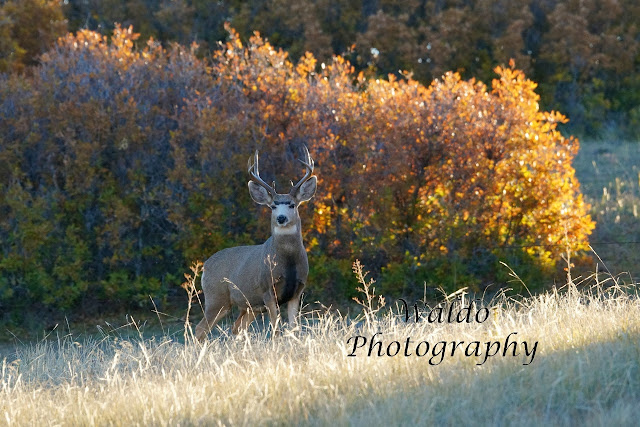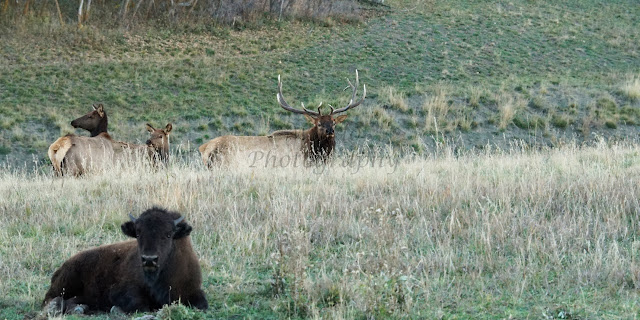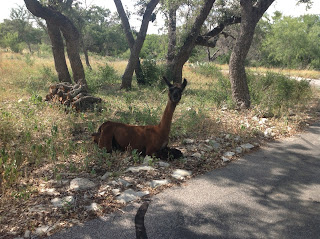The 4th draft of a comprehensive conservation plan for the lesser prairie-chicken has been submitted to the U.S. Fish and Wildlife Service for endorsement, a plan offered by the Western Association of Fish and Wildlife Agencies (WAFWA) and state wildlife agencies in Colorado, New Mexico, Texas, Kansas and Oklahoma. This latest version comes after extensive review and comment by stakeholders across the bird’s five-state range. Once the USFWS endorses the plan, the states can begin implementing it, in hope of precluding the need to list the species under the federal Endangered Species Act.
The lesser prairie-chicken is an iconic grassland grouse species native to parts of all five states. However, long-term population declines have brought state and federal agencies together in an attempt to better manage lesser prairie-chickens and their habitats. The resulting precedent-setting plan identifies population and habitat objectives based upon the needs of the species, not state boundaries.
“For years, biologists have well-known that wildlife do not recognize state lines, which has presented management challenges for wildlife agencies,” says Bill Van Pelt, WAFWA Grassland Initiative Coordinator. “Often, population goals are set based on administrative boundaries. This plan not only sets biologically meaningful population objectives, it also allows for resources to be spent anywhere within the same habitat type, regardless of the state. This should give state wildlife agencies maximum management flexibility and, ideally, preclude the need to list it.”
The submittal of the range-wide plan comes at the same time the second annual statistically-valid, range-wide population estimate for the lesser prairie-chicken is being released. Analysis of the 2013 range-wide survey revealed population estimates of 17,616, down from the 34,440 birds estimated the previous year. This population decrease was predicted by biologists because of the persistent drought that has plagued the region in recent years.
Lesser prairie-chicken populations have fluctuated historically due to weather and habitat conditions. In fact, populations were so low during the droughts in the 1930s and 1950s biologists feared the species was almost extinct. However, when the rains returned, the populations rebounded.
WAFWA’s Grassland Initiative collaborated with the Lesser Prairie-chicken Interstate Working Group, which is composed of biologists from state fish and wildlife departments within the range of the species, the Bureau of Land Management, and Western EcoSystems Technology, Inc. to conduct a large-scale, helicopter-based survey of lesser prairie-chicken leks across all five states. Leks are sites where the birds congregate every spring for breeding. These surveys occurred from March-May and encompassed more than 300,000 square miles.
The 2013 survey was funded by the five state fish and wildlife agencies and WAFWA with support from various partners, including oil and gas companies that support lesser prairie-chicken conservation, the Bureau of Land Management and a grant from the National Fish and Wildlife Foundation.
Although drought has significant impacts on game bird populations, biologists are heartened by the fact that the lesser prairie-chicken has historically shown significant resiliency to periodic climatic events. When the birds were first proposed for listing in the 1990s, the region was experiencing a severe drought. In many areas, bird populations declined by more than 60 percent, but recovered to prior levels with a return to wetter years later in that decade.
The range-wide conservation plan will help increase and enhance critical lesser prairie-chicken habitat through partnerships with landowners that will incentivize beneficial land management practices. The plan has benefitted from extensive public review and stakeholder input, including more than 70 public meetings throughout the five states in addition to online review and comment. This includes specific meetings and outreach for wind energy, oil and gas and agricultural interests.
"We don’t want to see the lesser prairie-chicken designated as a federally threatened or endangered species, however in the event it is listed, we want to have a plan in place to recover the bird and get it off the list as soon as possible," said Bill Van Pelt, WAFWA grassland coordinator.
"Two critical factors for the bird are good weather and good partnerships with conservation groups and landowners,” Van Pelt added. “Fortunately, drought conditions continue to improve and landowners are getting more involved at the grassroots level, both of which are encouraging signs for the future of the lesser prairie-chicken.”
For more information, contact Van Pelt at
BVanpelt@azgfd.gov or visit the team’s website at
www.wafwa.org/html/prairie_chicken.shtml, where the 4th draft of the range-wide plan and the 2013 aerial survey report are available.









































